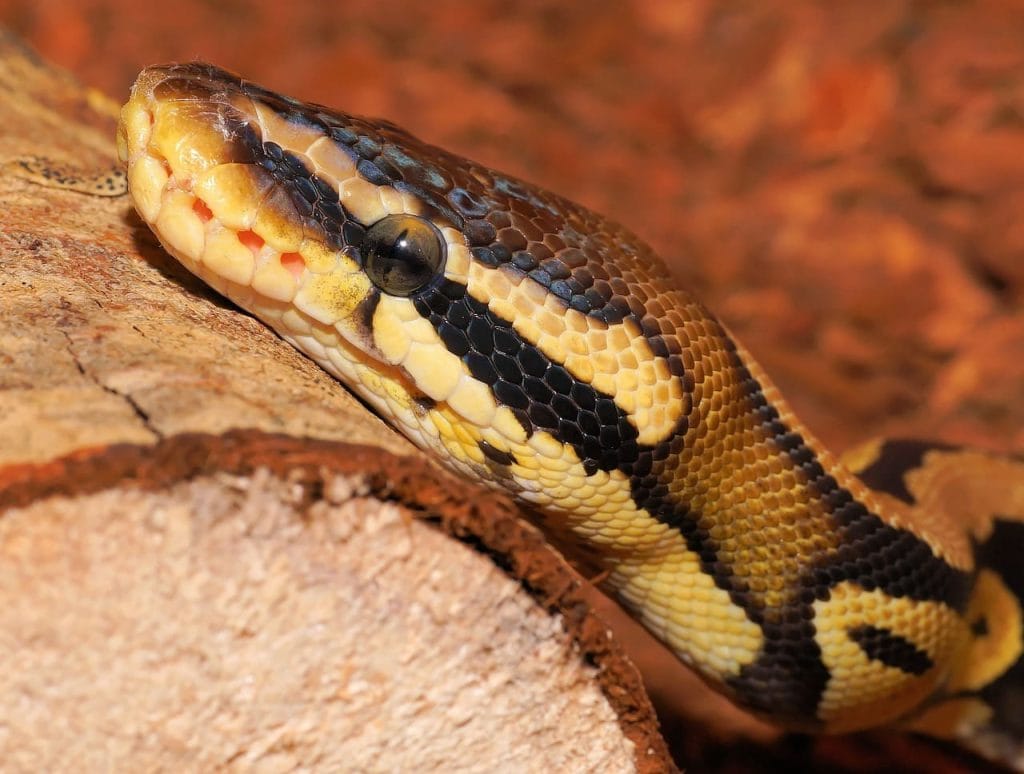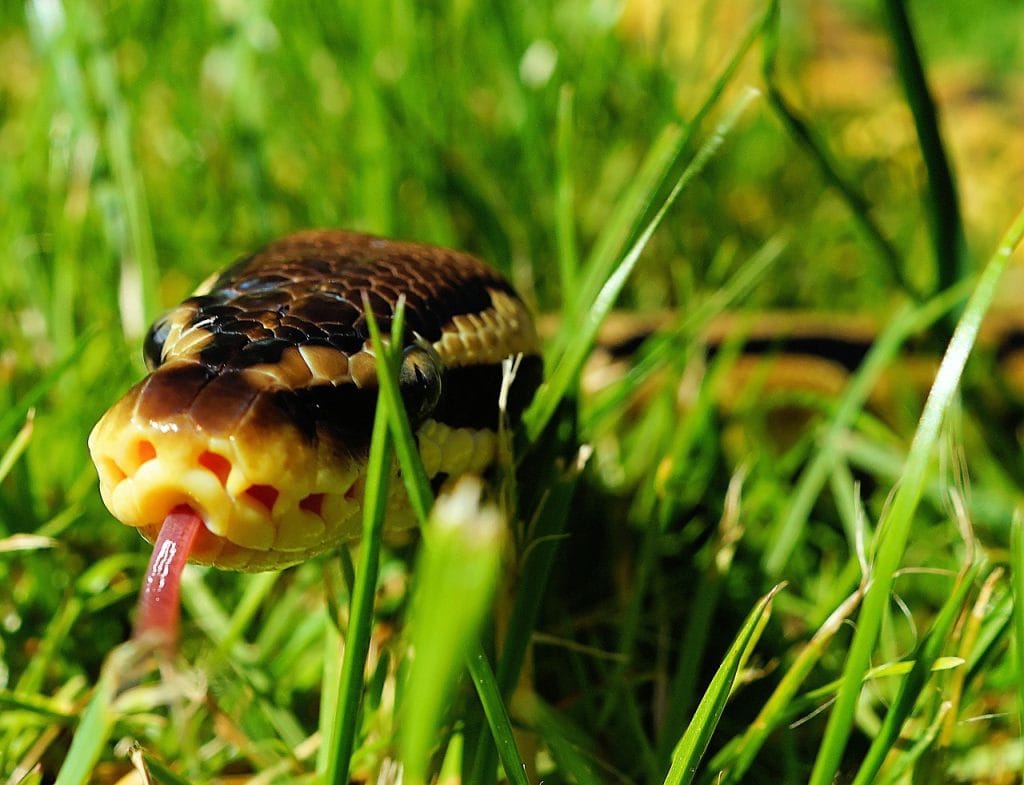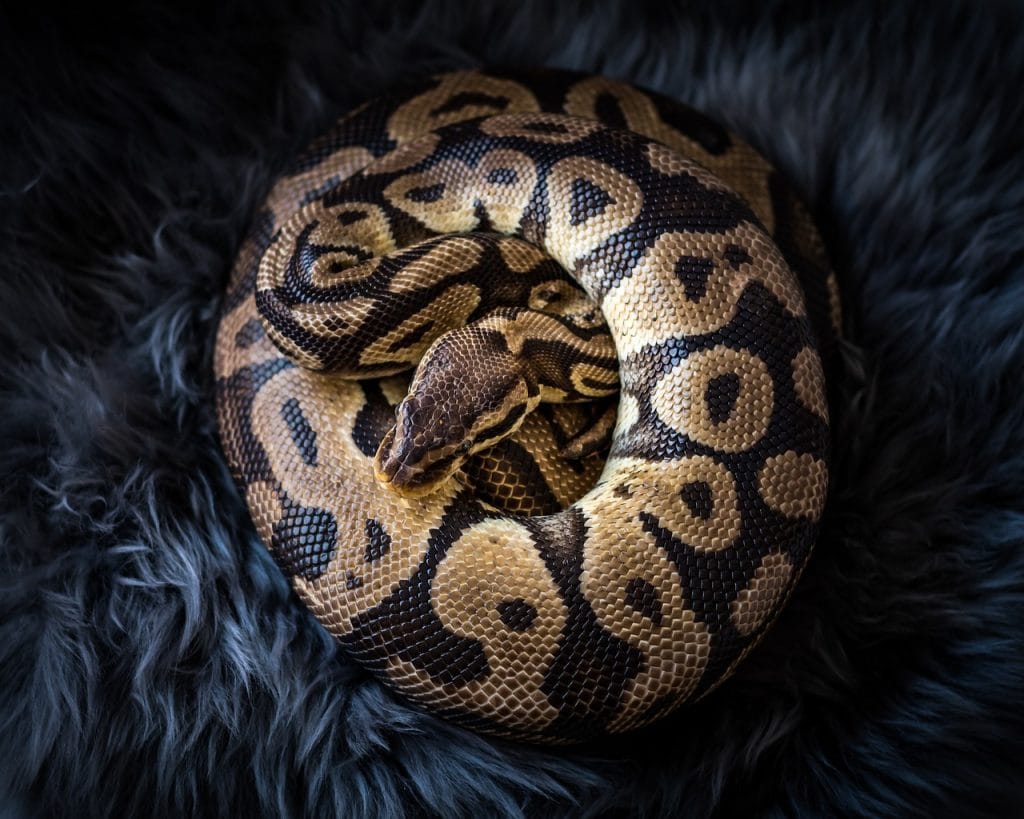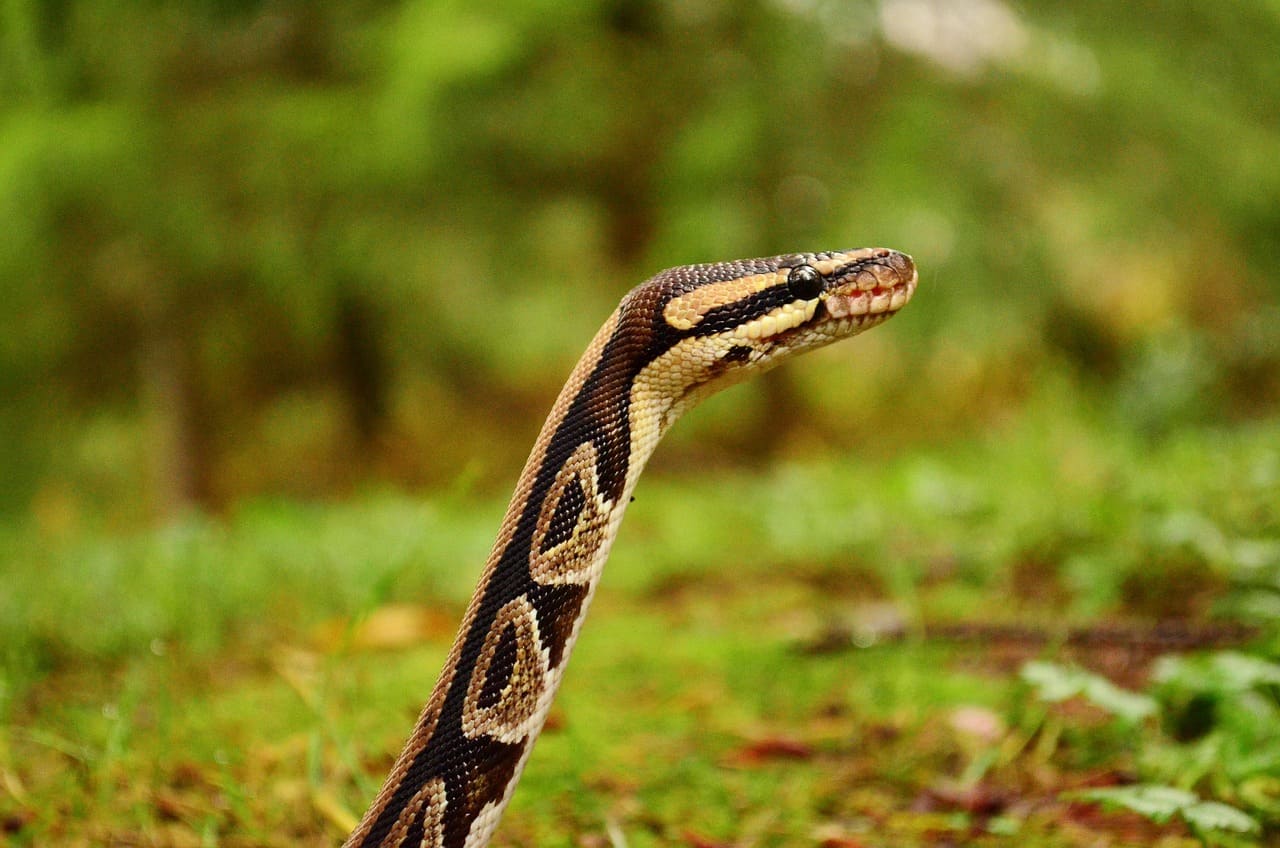- Factors Influencing Ball Python Life Expectancy: Understanding the Essentials
- Ball Python Life Expectancy in Captivity: An Insightful Overview
- Exploring Ball Python Life Expectancy in the Wild: Nature’s Challenges
- Enhancing Ball Python Life Expectancy: Practical Tips for Caretakers
Embark on a journey to uncover the secrets of ball python life expectancy, where fascinating insights await to help these captivating serpents flourish. With their serene demeanor and striking patterns, ball pythons depend on a symphony of factors—environment, diet, and genetics—each playing a crucial role in their longevity. Our guide explores these influences, from the security and care they receive in captivity to the challenges they face in the wild. Whether you’re nurturing a pet or understanding their life in nature, dive in to discover how you can ensure your ball python thrives for decades of companionship.
Factors Influencing Ball Python Life Expectancy: Understanding the Essentials
When discussing ball python life expectancy, it’s crucial to explore the multitude of factors that play into the lifespan of these fascinating reptiles. Though generally known for their durability and ability to thrive in captivity, the environment, care, and genetics all contribute significantly to how long a ball python might live. As conscientious caretakers, understanding these factors can assist in providing our slithering friends with the best possible environment for a long and healthy life.
Optimal Environment
Ball pythons thrive when their environment closely mimics their natural habitat in the grasslands and forests of West and Central Africa. This means maintaining precise temperature gradients, with a warm side of the enclosure ranging between 88-92°F and a cooler side between 75-80°F. Humidity should be kept at 50-60% to prevent respiratory issues and support healthy shedding processes.
Proper substrates and hiding places within their enclosure are equally important to replicate their instinctive need for security and concealment. Enclosures should be cleaned regularly to prevent the buildup of harmful bacteria, which could lead to health complications affecting their lifespan.
Nutrition and Diet
The adage “you are what you eat” applies equally to ball pythons. Providing a diet that appropriately matches their nutritional needs is vital. This means feeding them prey items, such as mice and rats, that are proportionate to the widest part of the snake’s body, typically every 7-14 days depending on age and size. Nutritional deficits or overfeeding can both lead to health issues that might shorten their lifespan.
Genetics and Breeding
Genetics play a significant role in the life expectancy of ball pythons. Breeders should prioritize genetic diversity and be mindful of potential genetic disorders associated with certain morphs. Healthier genetic lines generally result in more vigorous, longer-living snakes.
Social and Psychological Well-being
Although solitary by nature, a ball python’s sense of security is paramount. Handling should be done gently and thoughtfully to reduce stress, which can have detrimental effects on their health. Frequent changes in routine or environment should also be avoided to maintain their comfort and reduce anxiety.
By attentively addressing these factors, ball python owners can create the ideal conditions for their snakes to live not just longer, but healthier lives in captivity. After all, a well-cared-for ball python could be a companion for decades!
Read our article and learn how to choose the perfect ball python tank setup!
Ball Python Life Expectancy in Captivity: An Insightful Overview

Ball pythons, with their gentle nature and captivating patterns, have long been favored among reptile enthusiasts. When cared for in captivity, these fascinating serpents can boast an impressive life expectancy, significantly surpassing their wild counterparts. Let’s delve into the intricate details of why and how these reptiles can enjoy such a long and fulfilling life in domestic surroundings.
The Captive Advantage: A Longer Lifespan
In the controlled confines of captivity, ball pythons typically enjoy a life expectancy ranging from 20 to 30 years, and in some exceptional cases, they have reached up to 40 years. This longevity is largely attributed to the consistency and stability provided by human caregivers, which nature’s erratic whims rarely allow.
Captive ball pythons benefit from:
- Consistent Food Supply: In captivity, ball pythons regularly receive the proper amount of food they need to grow healthy and strong, without the uncertainty of prey availability that comes with life in the wild.
- Controlled Environment: The ability to maintain year-round optimal temperatures and humidity levels is a significant advantage. This control minimizes stress and the likelihood of illnesses that are associated with fluctuating environmental conditions.
- Veterinary Care: Access to veterinary care is crucial. Regular health check-ups and prompt medical intervention when necessary greatly contribute to the overall life expectancy of ball pythons in captivity.
Husbandry Practices That Extend Life
The lifespan of a ball python in captivity is closely tied to the quality of the husbandry practiced by its owner. Here are some aspects that require attention:
- Enclosure Design: A well-designed enclosure not only contributes to the snake’s physical health but also its psychological well-being. Adequate space, proper substrates, and enrichment that offer hiding spots and climbing branches stimulate natural behaviors and reduce stress.
- Regulated Feeding Habits: Providing a consistent feeding schedule, along with the correct prey sizes, ensures that ball pythons do not suffer from obesity or nutrition-related health issues.
- Monitoring and Adaptability: Ball python owners who can adapt to their pet’s evolving needs over time—whether that’s diet adjustments, health monitoring, or environmental tweaks—are crucial to boosting their pet’s longevity.
The Role of Responsible Breeding
Considering that genetic factors play a part in life expectancy, reputable breeders who prioritize health over aesthetic traits can improve outcomes for captive ball pythons. A lineage free of genetic defects often translates into a hardy and more resilient pet, contributing to a longer life.
Exploring Ball Python Life Expectancy in the Wild: Nature’s Challenges

While ball pythons in captivity can enjoy a lifespan filled with stability and care, their relatives in the wild face a myriad of challenges that can significantly affect their longevity. Understanding the ball python life expectancy in the wild provides insight into the natural pressures and conditions that these remarkable snakes navigate daily.
Wild World: Shortened Life Span
In their native habitats across West and Central Africa, ball pythons generally have a shorter lifespan compared to their captive counterparts. Wild ball pythons often live around 10 to 15 years, though exceptionally robust individuals might reach 20 years. Various factors contribute to this reduced life expectancy:
- Predators and Predation: From the moment they hatch, ball pythons face threats from predators such as birds of prey, large mammals, and even other reptiles. Young snakes are particularly vulnerable, and many do not survive past their first year.
- Food Availability: Unlike their captive cousins with reliable feeding schedules, wild ball pythons depend on the fluctuating availability of small mammals and birds, which their diet consists of. Seasonal changes can result in food scarcity, affecting overall health and survival rates.
- Environmental Hazards: Ball pythons in the wild contend with natural challenges such as wildfires, floods, and extreme weather conditions. These unpredictable elements can temporarily or permanently alter their habitats, impacting their survival.
Adaptations and Survival Strategies
Despite these challenges, ball pythons are adept survivors, equipped with various adaptations and strategies:
- Camouflage and Concealment: Their patterned scales provide excellent camouflage, allowing them to blend seamlessly into their surroundings, thereby avoiding predators.
- Dietary Flexibility: Ball pythons can exhibit considerable dietary flexibility, preying on a wide range of animals, which helps them survive when specific prey is scarce.
- Behavioral Traits: Being predominantly nocturnal, ball pythons minimize encounters with diurnal predators. Moreover, their ability to burrow and use abandoned burrows for shelter aids in protecting them from environmental extremes.
Human Impact and Conservation Efforts
Human activities also play a role in the life expectancy of wild ball pythons. Habitat destruction through agriculture and urban expansion, alongside international pet trade pressures, significantly threaten wild populations. However, conservation efforts aim to mitigate these impacts:
- Habitat Preservation Initiatives: Conservation groups work to protect natural habitats, ensuring that ball pythons continue to have the space and resources needed to thrive in the wild.
- Sustainable Trade Practices: Encouraging captive breeding programs reduces the demand for wild-caught specimens, helping to stabilize natural populations.
Living with Nature’s Rhythms
Despite the formidable challenges they face, ball pythons have adapted beautifully to their environment, showcasing resilience and resourcefulness. While their life expectancy in the wild is influenced by many variables, each encounter and survival adds to the rich tapestry of ecological interactions unique to these serpents’ natural habitats. Understanding these dynamics not only highlights the tenacity of wild ball pythons but also underscores the importance of continuing conservation efforts to preserve these magnificent reptiles for future generations.
Are you unsure about feeding your python? Check out our Guide to Their Dietary Needs
Enhancing Ball Python Life Expectancy: Practical Tips for Caretakers

To maximize the life expectancy of your ball python, implementing specific care strategies can make a substantial difference. Whether you’re a seasoned herpetologist or a first-time reptile owner, these tips can help ensure your pet lives a long, healthy, and happy life.
Perfecting the Habitat
- Temperature & Humidity: Continuously monitor and maintain the enclosure’s temperature gradients, ensuring they remain within the optimal range (warm side 88-92°F, cool side 75-80°F). Humidity should be kept at 50-60% to aid in shedding and respiratory health.
- Secure Environment: Use a well-ventilated and secure enclosure with plenty of hiding spots and climbing areas. This environment mimics their natural habitat, reduces stress, and promotes physical activity.
Nutrition and Feeding Practices
- Appropriate Prey Size: Feed your ball python prey that is no wider than the broadest part of its body. Regular and properly-sized feedings every 7-14 days encourage healthy growth and prevent obesity.
- Balance and Variety: While rodents are staples, occasionally offering different types of prey can provide nutritional variety. Ensure frozen prey is thoroughly thawed before feeding to avoid digestive issues.
Regular Health Monitoring
- Veterinary Check-ups: Schedule annual veterinary visits for health checks. Keep an eye out for signs of common issues like respiratory infections or mites, and seek prompt treatment if needed.
- Weight and Shedding: Regularly weigh your ball python and observe its shedding patterns. Abnormalities in either can indicate health problems requiring attention.
Stress Reduction and Enrichment
- Gentle Handling: Handle your ball python gently and consistently to get it accustomed to human interaction without causing stress.
- Enrichment Activities: Offer environmental enrichment through rearranging habitat decor or varying the enclosure’s layout, stimulating natural behaviors and exploring instincts.
Quality of Life through Careful Observation
- Behavioral Cues: Learn to interpret your ball python’s body language and behaviors. Recognizing signs of stress or health changes early enables timely intervention and care adjustments.
By integrating these tips into your day-to-day care routine, you can create an environment where your ball python can thrive for decades. The commitment to understanding and meeting their unique needs not only enhances their life expectancy but also enriches your experience as a ball python caretaker. Remember, each snake is unique, and attentive, personalized care is the cornerstone of a thriving, long-lived pet.
For those ready to upgrade their setup, check out our Top 5 Best Ball Python Enclosures to find the perfect home for your adult snake!

Leave a Reply
You must be logged in to post a comment.